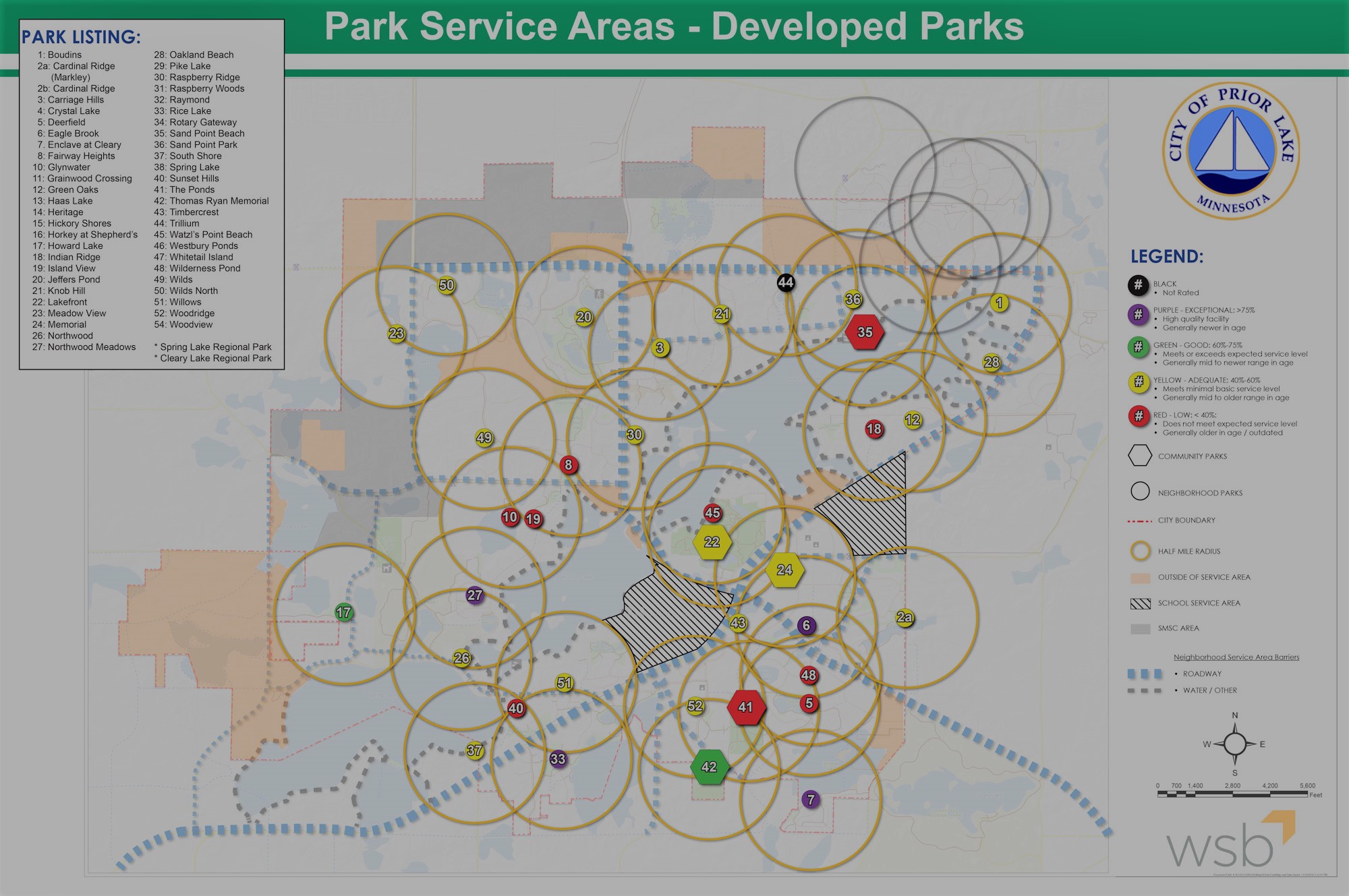
Top 5 Q2 Considerations for City/County Managers & Administrators
Bart Fischer, Senior Public Administrator, WSB
All of us have been affected in unprecedented and profound ways by the COVID-19 virus. Some mornings it seems as though just making it through to the end of the day is the goal. As I began putting together my thoughts around what city/county managers & administrators should be thinking about during the 2nd quarter of a “normal” year, it struck me that there aren’t “normal” years. Each one is unique with its own challenges and opportunities. Yes, the COVID-19 virus is a big, unprecedented challenge. However, it’s one that public administrators can navigate because that is what we do. We lead our organizations through good times and bad, all while inter-weaving what is “normal” with the constant changes. My goal here is the same, weave together “normal” 2nd quarter considerations for city/county managers & administrators with the current challenges and changes of COVID-19.
Labor Contracts
Most public sector organizations have labor agreements with at least one, if not multiple, labor unions or bargaining units. The budgeting process is a year-round affair that likely started in quarter one, and because of this, it is important to start planning and strategizing as early as possible for labor negotiations.
With the onset of the COVID-19 virus and the challenges it presents, it is even more important to plan where to begin. We are likely facing health insurance increases, a struggling economy, and political pressure to keep taxes low. How do public officials tell essential service employees like police officers, fire fighters and public works employees, who are put their lives on the line daily, that there could be a freeze in pay and benefit adjustments?
This is the time to come together. Seek out connections and relationships with other public sector administrators and organizations to collectively find creative ways to solve these challenging financial and contractual issues. Start talking with bargaining units now to build trust and communicate expectations.
If you have labor contracts that expire at the end of this year, start connecting and communicating with colleagues and peers. Work together to find creative solutions to challenging contract discussions. Begin conversations and communicate expectations with your labor groups.
Public Works
Spring is time to start thinking about seasonal transitions in public works. There is the transition of equipment and work plans from winter activities to warm weather duties. Equipment and work plans that are set up for plowing, snow removal, ice rink flooding and inside related work, must now be transitioned to summer activities such as street sweeping, street patching, water line flushing along with lawn, park and public property maintenance. Additionally, second quarter brings the start of street reconstruction and other infrastructure projects.
It is important for administrators & managers to work with their public works directors, city engineers and staff to plan for inevitable challenges. Those may include a diminished workforce due to COVID-19; ensuring the safety of city, consultant and contractor staff; barriers to public engagement and communications regarding projects, work plans and safely interacting with the public.
The transition from winter to summer activities can be difficult for public organizations, especially during this time. However, it is also an opportunity to find and evaluate new and more efficient processes for making these transitions happen.
Parks
Like public works, parks become an important priority for public entities and residents when spring arrives. Without a doubt, our current situation of closing playgrounds and other high contact amenities is difficult. However, it can provide opportunities for park improvement. With park amenities closed, there is an opportunity for performing any delayed maintenance, replacement or cleaning.
This is the time of the year to be communicating with local athletic associations regarding needs and desires for their upcoming seasons. In the “new normal”, communication regarding plans and expectations becomes even more imperative. Are associations still planning for their seasons and tournaments? If so, will the city/county have the staff to maintain and prep the fields as needed? Are they postponing tournaments, or making them smaller, and at fewer locations to allow for social distancing and better maintenance?
It is essential to start considering and planning for a summer with closed parks and amenities. Take the opportunity to make and implement needed improvements and maintenance during the closure and communicate with the local athletic associations about expectations for the upcoming summer season.
Community Connections
During these interesting times, it is important that cities and counties stay connected to their residents and community. This will look different in today’s social distancing climate, but community connections remain a vital part of a public organization’s success. Public entities must find ways to connect to their constituents, especially those with little or no technology. My colleague Dan Pfeiffer, Director of Public Engagement at WSB, recently provided insight on this topic with his piece, “Staying Connected When Public Meetings Aren’t Possible”.
This is also the time of year when cities start to plan in earnest for summer events and celebrations with parades, carnivals and fireworks. The current state of social distancing and limits on congregating in large groups, make it important to start the conversation now about canceling or modifying these events to accommodate new recommendations.
Finding ways to successfully maintain community connections will not be easy. Organizations will be successful in their recovery efforts if they find ways to keep the members of their community connected during this crisis.
Team Members/Employees
How well an organization communicates with, engages, and treats its team members and staff during the COVID-19 crisis is a barometer for future success. Managing the impacts of COVID-19 virus on employees should include addressing stress, burnout, mental health, flexible work schedules and working from home in order to maintain the health of the individual and the organization.
Connecting with employees during an outbreak and social distancing may look different, but it is still possible. Continue to celebrate milestones such as birthdays and work anniversaries with online meetings, calls and lunch delivered to the employee’s home. Use video calling to reach out, check in and touch base as it is more personal than a text or email. Help model work/life balance. Even though work and home are now one and the same, you do not need to be, and should not expect others to be, available 24/7. Continue to build in and set aside time for both work and personal time.
The possibility of a diminished workforce remains likely as summer camps and events are cancelled, budgets tighten, and cities/counties do not hire seasonal workers. They may also have to find creative ways to use less busy staff to provide essential services. For example, full time recreation staff that may not be as busy this summer can assist with parks maintenance or general administrative work. Find creative ways to keep team members employed and engaged.
Communicating and engaging with your team members, even in small ways, is vitally important and goes a long way toward keeping them focused and productive during these trying times.
Conclusion
Though the COVID-19 pandemic has created unprecedented challenges for us all, I am confident in the work of public administrators and managers to integrate change. During this time, do not overlook the importance of focusing, planning, discussing and communicating about priorities such as labor contracts, public works and parks transitions, community connections and the safety and engagement of team members and employees. The success of our cities, counties and communities depends on it.

Bart has been a City Administrator/Manager in the public sector for over 16 years. He is a strategic leader known for relationship development and connecting people around common themes and goals. Bart’s experience lies in leading and creating an organizational culture of collaboration where the whole becomes greater than the sum of its parts.
[email protected] | 651.286.8484










